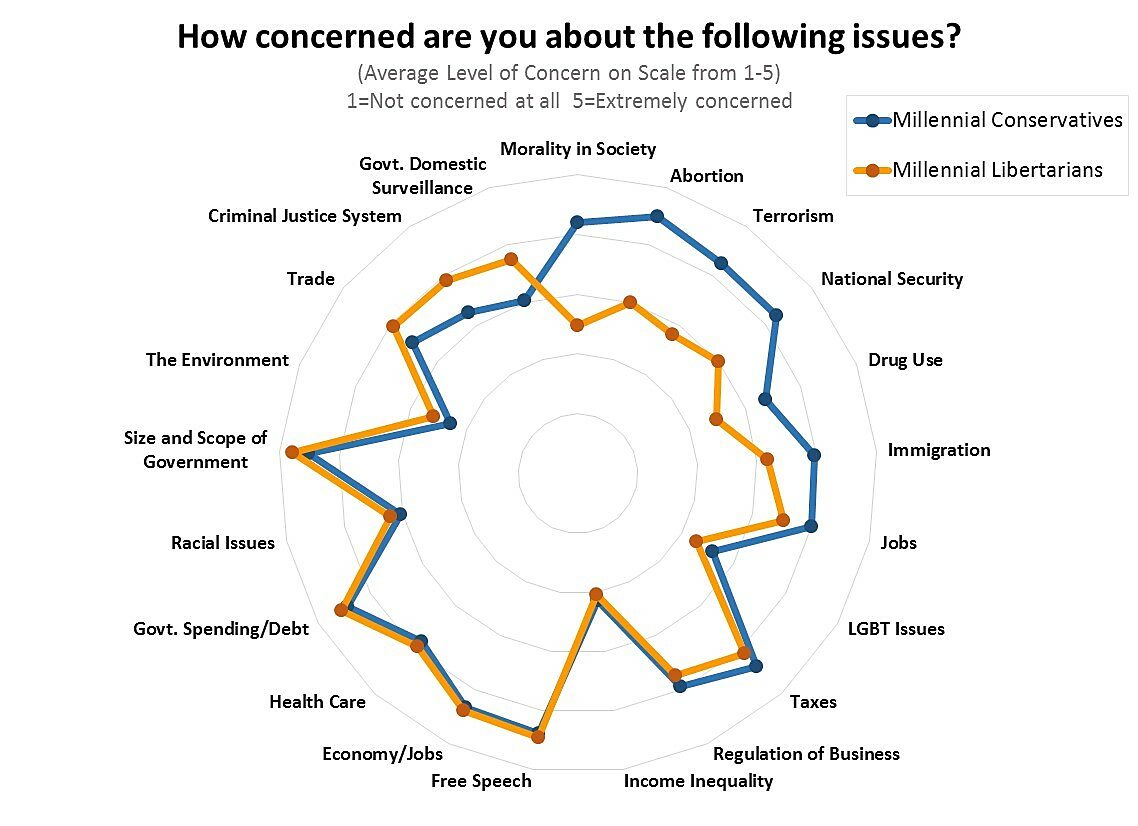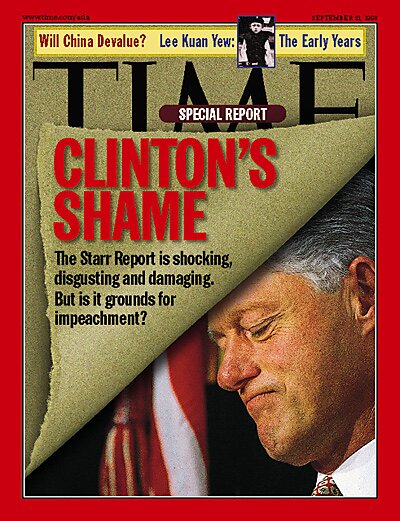In The New York Times Magazine, Nicholas Confessore writes about the new lobbying stars in Washington. A new president always creates opportunities for new players. When that president is a non-politician without an established Washington entourage, there’s a lot of uncertainty. Who knows the new president? Who knows the people who know the president?
Confessore tells great stories about newly famous Trumpists such as one-time campaign manager Corey Lewandowski and about “Washington backbenchers, B‑listers and understudies” who suddenly realized they knew somebody who had been part of the Trump campaign.
USA Today has reported on people close to Vice President Pence who have opened or expanded lobbying businesses this year.
It’s a sordid story of how fixers and their handsome fees survive even in an administration that came in promising to “drain the swamp.” But how much has really changed? As Confessore reviews:
There are about 10,000 registered lobbyists in Washington — roughly 20 for every member of Congress — and thousands more unregistered ones: consultants and ‘‘strategic advisers’’ who are paid to help shape government policy but do not disclose their clients. By whatever name, they are the people companies and countries hire to help roll back regulations, unstick bids, tweak legislation or get meetings. Lobbying is at once Washington’s most maligned, enduring and essential industry. Underpaid young politicos and retiring lawmakers depend on Beltway lobby shops — known as ‘‘K Street’’ after the city boulevard that once housed many of them — for the high-six-figure salaries that will loft them into Washington’s petite aristocracy.… But the private sector needs lobbyists the most. The modern federal government is so sprawling and complex that it practically demands a specialized class of middlemen and ‑women.
Over the decades, lobbying has evolved from a niche trade of fixers and gatekeepers to a sleek, vertically integrated, $3‑billion-a-year industry.
Total reported spending on lobbying peaked in 2009 and 2010, the first two years of President Barack Obama’s administration, when trillions of dollars were being handed out or moved around by the stimulus package, the omnibus spending bill, the Dodd-Frank financial regulation bill, the Affordable Care Act, and an ultimately unsuccessful 1200-page energy bill stuffed with taxes, regulations, loopholes, and subsidies. The Washington Post found that “more than 90 organizations hired lobbyists to specifically influence provisions of the massive stimulus bill.” Well-connected Democratic lobbyists like former House majority leader Richard Gephardt and Tony Podesta, the brother of Obama transition director John Podesta, did especially well.
And of course it didn’t start with Obama. As federal spending soared under President George W. Bush, the number of registered lobbying firms climbed. In six years the number of companies with Washington lobbyists rose 58 percent. After the Republicans took control of Congress in 1994, party leaders created the “K Street Project” to pressure lobbying firms to replace Democrats with Republicans. They made it clear that lobbyists needed to shift their political contributions toward Republican candidates, or lose their access to Republican policymakers. By 2003, the Washington Post reported, the GOP had in fact placed Republicans in a significant number of the most influential positions at trade associations and corporate government affairs offices—and were getting their contributions.
Every new administration threatens to shake up some policies, and that creates a demand for lobbyists to get a piece of the new action. It also means opportunities for people who are well connected among the new White House and agency staffs. But the biggest reason that lobbying grows is that federal spending and regulation grow.
As Craig Holman of the Ralph Nader-founded Public Citizen told Marketplace Radio after a report on rising lobbying expenditures during the financial crisis, “the amount spent on lobbying … is related entirely to how much the federal government intervenes in the private economy.”
Marketplace’s Ronni Radbill noted then, “In other words, the more active the government, the more the private sector will spend to have its say… . With the White House injecting billions of dollars into the economy [in early 2009], lobbyists say interest groups are paying a lot more attention to Washington than they have in a very long time.”
Big government means big lobbying. When you lay out a picnic, you get ants. And today’s federal budget is the biggest picnic in history.
The Nobel laureate F. A. Hayek explained the process 70 years ago in his prophetic book The Road to Serfdom: “As the coercive power of the state will alone decide who is to have what, the only power worth having will be a share in the exercise of this directing power.”
That’s the worst aspect of the growth of lobbying: it indicates that decisions in the marketplace are being crowded out by decisions made by lobbyists and politicians, which means a more powerful government, less freedom, and less economic growth.

